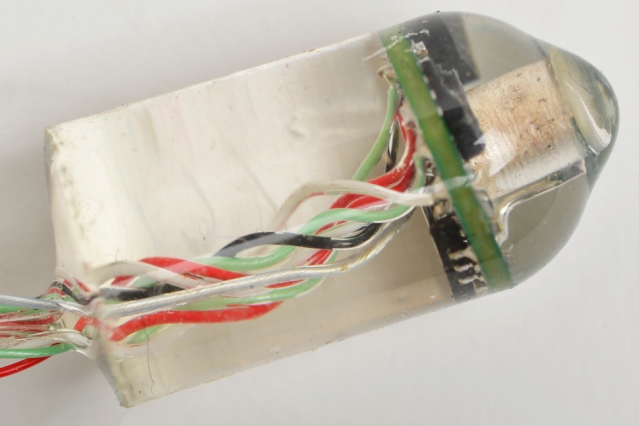MIT researchers have developed a new type of medical electronic device that could benefit long-term patient monitoring, soldiers in battle, or even just help athletes improve their performance.
The device takes your vitals and breathing rates in a different way than what you may be used to at the doctor’s office. Instead measure vital signs using electrocardiograms (ECG) and pulse oximetry or wearable monitors, the researchers have created an ingestible sensor that measures heart rate and breathing rate from within the gastrointestinal tract by calculating them from the distinctive sound waves produced by the beating of the heart and the inhalation and exhalation of the lungs.

“Through characterization of the acoustic wave, recorded from different parts of the GI tract, we found that we could measure both heart rate and respiratory rate with good accuracy,” said Giovanni Traverso, a research affiliate at MIT’s Koch Institute for Integrative Cancer Research.
The MIT team got the idea for this device from existing ingestible devices that measure body temperature or take digestive-tract images.
They figured out that the easiest way to develop a sensor capable of monitoring from within the digestive tract would be to use a small microphone to listen inside of the body. According to MIT, listening to the sounds of the chest is one of the oldest medical diagnostic techniques, practiced by Hippocrates in ancient Greece. This is what we currently use stethoscopes to do.
So the researchers created what they refer to as “an extremely tiny stethoscope that you can swallow” – about the size of a vitamin.
The one sensor is capable of monitoring both heart and lung sounds.
After capturing the data, the researchers use a signal processing system that distinguishes the sounds produced by the heart and lungs.
The ingestible sensor is comprised of a tiny microphone in a silicone capsule, as well as electronics that process the sound and wirelessly send radio signals to an external receiver, with a range of about nine feet.
While testing the “pill” the team found that the device could accurately pick up heart rate and respiratory rate, even with variable factors like noises from food being digested.
So far the researchers can only see each device being used for a day, so a new pill would need to be swallowed each day for long-term monitoring.
Future Applications
A device of this nature could mean more efficient monitoring for fatigue, dehydration, tachycardia, or shock in soldiers ,which when combined with a temperature sensor, could also detect hypothermia, hyperthermia, or fever from infections.
The team hopes to further develop the sensor so that it can also diagnose heart conditions like arrhythmias or breathing problems including emphysema or asthma.
For more information, watch the video below.
Story via MIT.

Comments are closed, but trackbacks and pingbacks are open.